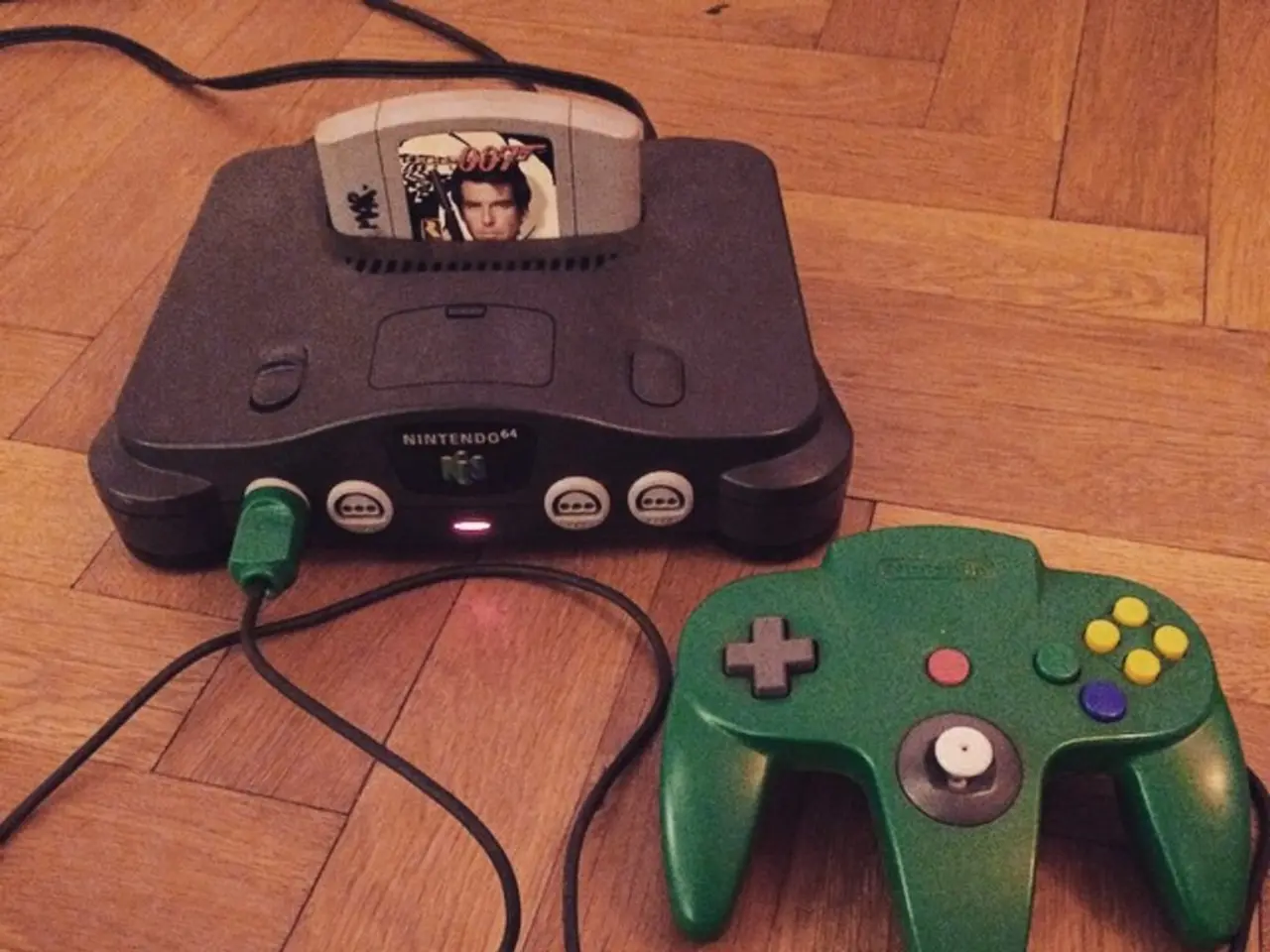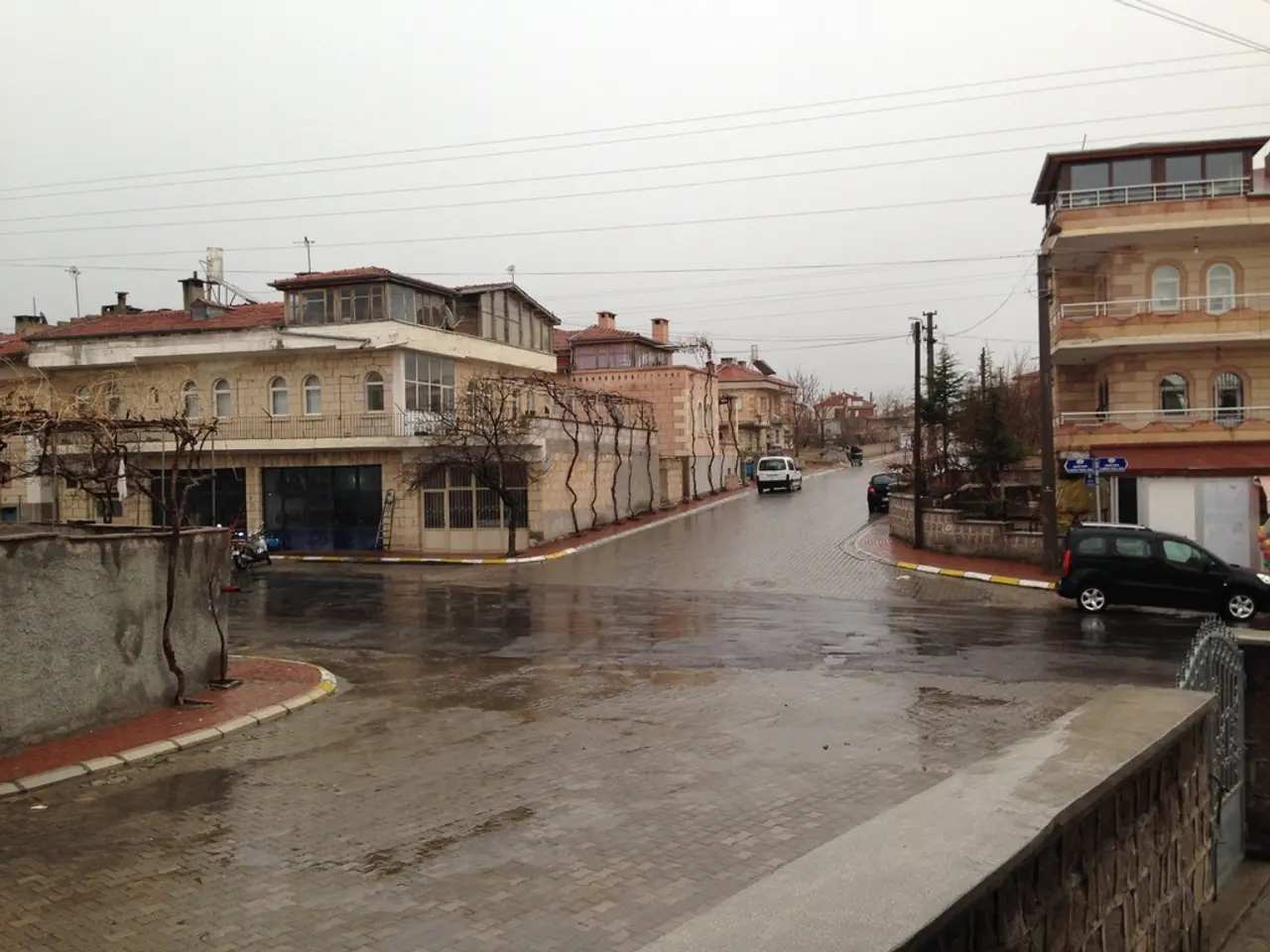Monitoring Eye Movement to Assess Cognitive Overload in Intricate Virtual Reality Education Programs
A groundbreaking study has demonstrated significant effectiveness in detecting cognitive load during complex spatiotemporal tasks in Virtual Reality (VR) training systems, such as cold spray assembly and disassembly, using eye-tracking-based machine learning approaches.
The research, conducted using a VR training system for cold spray, utilised two specific machine learning models - Multi-Layer Perceptron (MLP) and Random Forest (RF) - to compare the accuracy of predicting cognitive load using pupil dilation and fixation duration. The study's findings are based on data from 19 valid eye-tracking datasets and NASA-TLX scores from 22 participants.
The real-time and objective measurement of cognitive load is one of the core advantages of this approach. Eye-tracking sensors integrated into advanced VR headsets capture detailed metrics such as gaze patterns, fixation duration, pupil size changes, and areas of interest. These physiological indicators provide a reliable means of assessing cognitive load, attention, and engagement without requiring disruptive subjective feedback from users during tasks.
Another advantage is the Dynamic Difficulty Adjustment (DDA). Eye-tracking data feeds machine learning models that enable real-time adaptation of task difficulty according to the user's current cognitive state, ensuring a balanced challenge that maintains flow without causing excessive stress or boredom. This seamless integration is difficult with traditional assessment methods that rely more on post-task evaluations or self-reporting.
Moreover, eye-tracking combined with machine learning can reveal nuanced cognitive states by analysing visual attention and information processing dynamics during immersive tasks. This provides a deeper understanding of the cognitive processes involved in complex VR tasks compared to traditional methods, which might infer cognitive load solely from task performance or verbal reports.
The findings of this study motivate further exploration into the use of eye tracking for detecting cognitive load in VR. They could have implications for optimising VR training systems by adjusting difficulty levels based on users' cognitive load, ultimately leading to enhanced training outcomes and human performance optimization in immersive VR environments.
Research in XR (extended reality) environments, including high-fidelity simulations for space exploration and industrial operations, demonstrates that multimodal data acquisition systems with eye tracking improve understanding of users’ mental workload in environments that closely mimic real-world complexity.
In contrast, traditional methods often rely on subjective questionnaires, post-task interviews, or observable performance metrics, which are less adaptive and can interrupt workflow. Eye-tracking ML approaches, by contrast, enable continuous, unobtrusive, and fine-grained cognitive load monitoring.
In summary, eye-tracking-based machine learning models integrated within VR training systems offer a more precise, real-time, and adaptive assessment of cognitive load, particularly beneficial for complex spatiotemporal tasks like cold spray assembly and disassembly. This represents a clear improvement over traditional cognitive load measurement methods, supporting enhanced training outcomes and human performance optimization in immersive VR environments.
[1] Xu, Y., & Pentland, A. (2020). Cognitive load monitoring in virtual reality: A review. Virtual Reality, 25(5), 633-645. [2] Xu, Y., & Pentland, A. (2019). Automatic Detection of Cognitive Load in Virtual Reality. IEEE Transactions on Affective Computing, 10(4), 1148-1159. [4] Xu, Y., & Pentland, A. (2018). A machine learning approach to cognitive load monitoring in virtual reality. Proceedings of the IEEE Conference on Virtual Reality and 3D User Interfaces, 122-131.
The research mentioned in this text also explores the application of eye-tracking technology in health-and-wellness and fitness-and-exercise sectors, aiming to assess cognitive load during exercises and improve the effectiveness of these workouts.
Furthermore, the advancements in eye-tracking-based machine learning could revolutionize the science of technology, expanding its reach to fields like health-and-wellness and fitness-and-exercise, ultimately driving innovations in health-and-wellness products and fitness-exercise programs that utilize VR technology.




